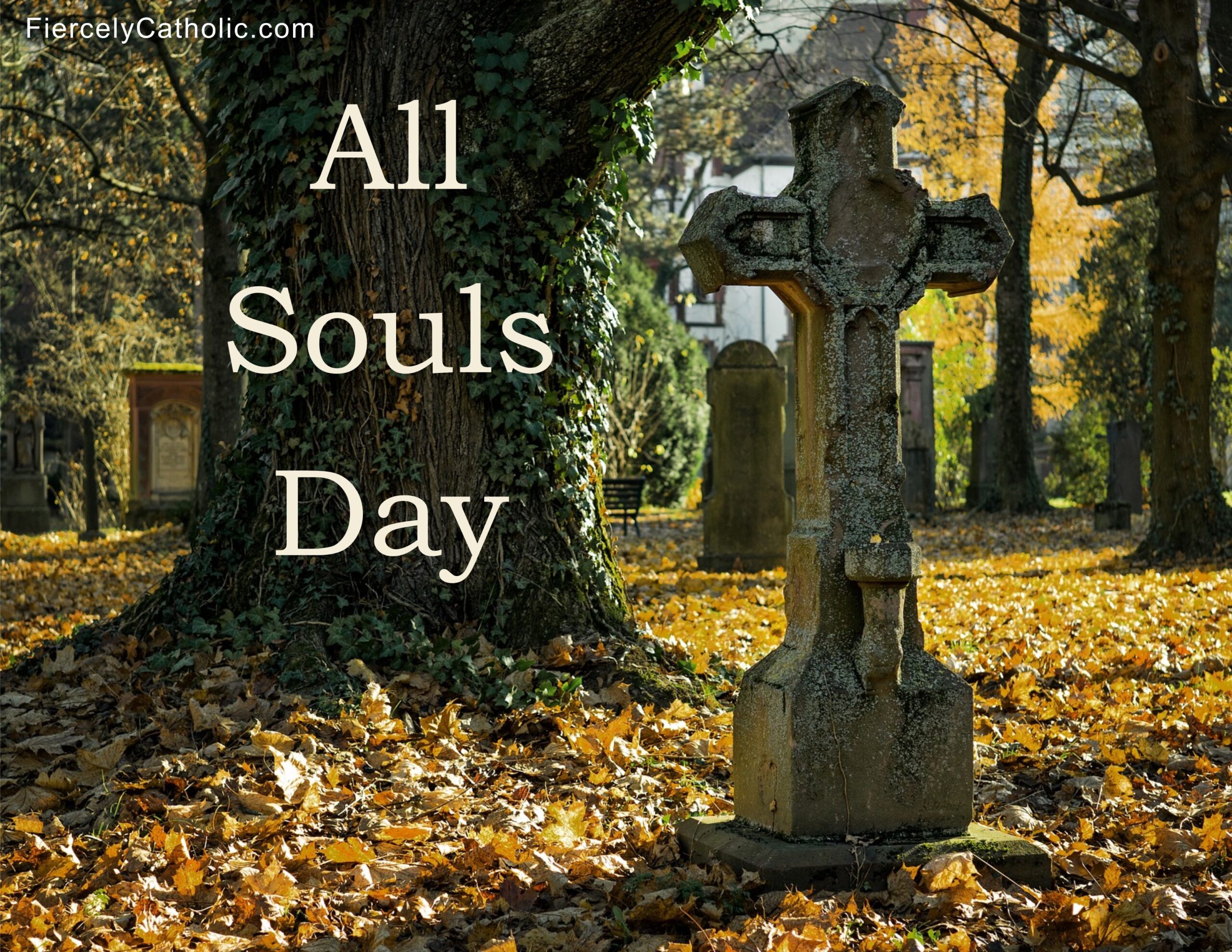
Throughout the year, certain days on the Liturgical Calendar commemorate the Cross, not as an instrument of torture and death, but as a means of salvation.
By his death on the Cross and his Resurrection from the tomb Jesus defeated death, allowing man to enter Heaven and experience eternal life.
In 320 AD, the mother of Emperor Constantine, St. Helena, searched Jerusalem for holy places where Jesus lived. She discovered the True Cross and it has been venerated ever since.
In 335 AD, Constantine built a basilica and a shrine on the site of Jesus’ Crucifixion.
The Cross of Jesus was captured by the King of Persia in 614 and returned to Jerusalem in 631 by the Byzantine Emperor Heraclius.
Both the Catholic Church and the Orthodox Church celebrate the Feast of the Exaltation of the Holy Cross on September 14. The feast is also called the Triumph of the Cross.
The crosses in our churches and in our homes, along with the crosses that we wear and that we sign ourselves with, should always serve as a reminder of Jesus’ glorious victory.
The Cross triumphs:
The Cross is the sign of the deepest humiliation of Christ. In the eyes of the people of that time it was the sign of an infamous death. Free men could not be punished with such a death, only slaves, Christ willingly accepts this death, death on the Cross. Yet this death becomes the beginning of the Resurrection. In the Resurrection the crucified Servant of Yahweh is lifted up: He is lifted up before the whole of creation. At the same time the Cross is also lifted up. It ceases to be the sign of infamous death and becomes the sign of resurrection, that is, of life. Through the sign of the Cross it is not the servant or the slave who is speaking, but the Lord of all creation.
Pope John Paul II, Solemn Celebration for the Feast of the Triumph of the Cross of Christ, September 14, 1984
Not just any cross but the one sanctified by his sacrifice:
Reassurance that God loves us unconditionally:
Embrace Jesus’ Cross as well as your own:
The Council of Trent emphasizes the unique character of Christ’s sacrifice as “the source of eternal salvation” and teaches that “his most holy Passion on the wood of the Cross merited justification for us.” And the Church venerates his Cross as she sings: “Hail, O Cross, our only hope.”
Catechism of the Catholic Church 617
God chose to die on the Cross:
Crushed by the evil of the world so God’s love could conquer that evil:
Have this mind among yourselves, which is yours in Christ Jesus, who, though He was in the form of God, did not count equality with God a thing to be grasped, but emptied Himself, taking the form of a servant, being born in the likeness of men. And being found in human form He humbled Himself and became obedient unto death, even death on a cross.
Philippians 2: 5-8
Exalting the Cross on the site where Jesus was crucified:
The Truth, Goodness, and Beauty of the Catholic Church
Teachings common to the human family:
Share this page with friends and family to start a conversation about your faith.
Don’t miss a post. Learn more about the Catholic Church and strengthen your Catholic faith.
Find more Fiercely Catholic video issues here.
Subscribe here.


